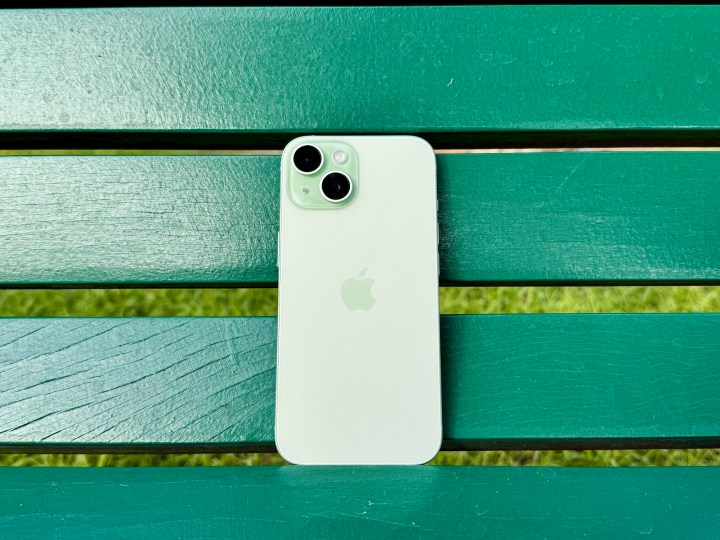
Apple’s iPhone lineup continues to be among its bestselling products. In 2023, we got the iPhone 15, which packs some of Apple’s latest and greatest tech and starts at $800.
The iPhone 15 is one of the easiest iPhone recommendations in 2024. But if you’re open to a few other suggestions, there are some great alternatives to consider — including cheaper iPhone options and some really compelling Android phones. Here are five other phones you should consider buying instead of the iPhone 15.
iPhone 14

The iPhone 15 is Apple’s latest mainline iPhone, but it also costs a considerable chunk of change. If you don’t need all of the new bells and whistles, the iPhone 14 is still a great phone, and you can save some money, too.
The iPhone 14 has the same 6.1-inch Super Retina XDR OLED display as the iPhone 15, along with the same 60Hz refresh rate. It still has the notch, however, but to be fair, some people don’t find the newer Dynamic Island to be that useful anyways. If you’re in that camp, then the notch is fine.
You get the slightly older A15 Bionic chip inside the iPhone 14, but with iOS 17, it’s still a very fast and capable processor for most people. And with up to 512GB storage, the iPhone 14 can handle all of life’s activities with ease.
The iPhone 14 has a dual-lens camera system with a 12-megapixel main camera and a 12MP ultrawide camera. Though Apple did give the iPhone 15 a significant bump to 48MP for the main camera, the iPhone 14 still takes great photos. It also has Night and Portrait modes, a Cinematic video mode, and more.
For the most part, the iPhone 14 is very similar to the iPhone 15. You’re just missing the 48MP main camera, A16 Bionic chip, USB-C, and the Dynamic Island. But the iPhone 14 is also $100 cheaper for the base model, so if those things aren’t necessary for you, you can save some dough while still getting a nearly identical iPhone experience.
iPhone 15 Plus
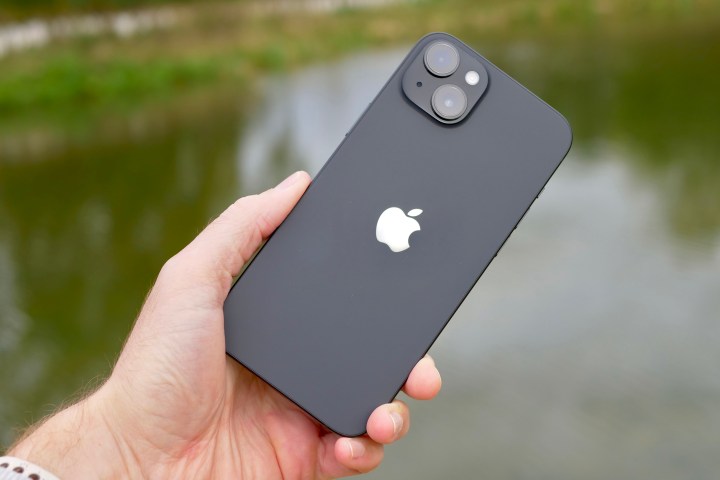
If you really want the iPhone 15, then you should also consider the iPhone 15 Plus. It has the same specs as the iPhone 15, like the 60Hz display refresh rate, Dynamic Island, USB-C charging, 48MP main camera with a 12MP ultrawide lens, and the A16 Bionic chipset. But there’s even more to love.
The iPhone 15 Plus is larger than the iPhone 15 with a 6.7-inch display instead of the 6.1-inch screen on the regular iPhone 15. With a larger screen, you’ll be able to see more on the display at once, which is great for reading and even watching videos.
But the larger size also has other benefits like better battery life. Since the chassis is larger, it can fit a bigger battery inside. The iPhone 15 only has a 3,349mAh battery, while the iPhone 15 Plus has a 4,383mAh battery. This means the iPhone 15 Plus can last longer on a single charge than its smaller sibling. If you value not having to plug in as much, the iPhone 15 Plus is a better buy.
While the iPhone 15 Plus is $100 more than its smaller sibling, your extra money gets you meaningful upgrades. If you value a bigger display and a larger battery, the iPhone 15 Plus deserves your consideration.
iPhone 15 Pro
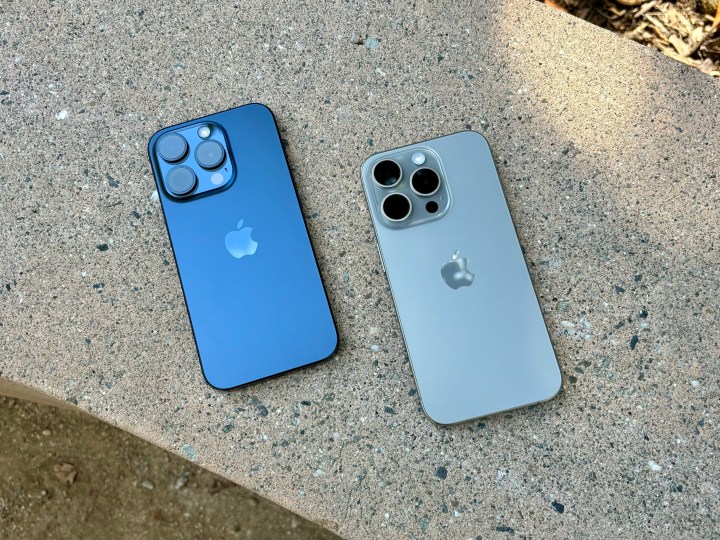
One reason you may be interested in the iPhone 15 is its size. After all, not everyone wants big phones, and that’s part of what makes the iPhone 15 so compelling. If that’s one of your considerations, then it’s worth adding the iPhone 15 Pro to your list of options.
With the iPhone 15 Pro, you have the same compact 6.1-inch display size as the iPhone 15 — but with a lot more bells and whistles. For one, the iPhone 15 Pro has a triple-lens camera array with a 48MP main camera, a 12MP ultrawide lens, and a 12MP telephoto camera. That’s already a big improvement over the dual camera system on the iPhone 15, so if photography is your thing, this alone is reason enough to consider the iPhone 15 Pro.
Another difference is the display. The iPhone 15 Pro has a Super Retina XDR OLED display with a 120Hz refresh rate and always-on technology. The higher refresh rate means faster and smoother scrolling and animations, and the always-on display makes it easy to see information at a glance.
Apple also equipped the iPhone 15 Pro with the A17 Pro chip, which means even faster and more capable performance. With console-quality games being ported over to the iPhone, the iPhone 15 Pro is much more capable of handling these AAA games with ease.
And don’t forget about the Action button, which is exclusive to the iPhone 15 Pro and iPhone 15 Pro Max. This new button replaces the old silent/ring switch, which is still present on the iPhone 15. By default, it is set to switch between ring or silent with a long press, but you can also change it to something else. There are default actions like launching the Camera app, toggling the flashlight, recording a voice memo, translating speech, and more. If you know some Shortcuts magic, the Action button can also be programmed to launch a custom Shortcut, so the possibilities are endless.
Do all of these extra features come at a cost? Yes. The iPhone 15 Pro starts at $1,000, making it $200 more expensive than the base iPhone 15. But if you can afford the higher price, it’s well worth splurging for.
Samsung Galaxy S24
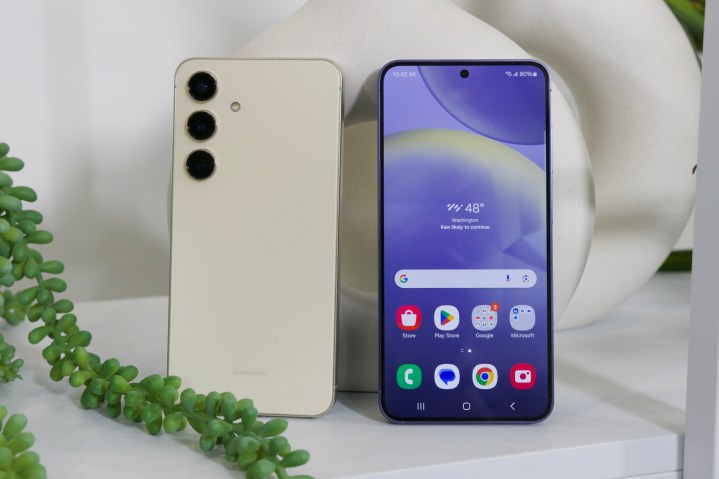
For those who aren’t fully committed to Apple’s walled garden, there are plenty of excellent Android alternatives to consider. One of the best is the Samsung Galaxy S24.
The Samsung Galaxy S24 has a similar price tag to the iPhone 15, but you get a lot more from it. The Galaxy S24 sports a 6.2-inch Dynamic LTPO AMOLED display that is bright and vibrant. It even has a dynamic refresh rate between 1Hz and 120Hz — double that of the iPhone 15. It also reaches 2,600 nits of peak brightness, which is brighter than the iPhone 15’s 2,000 nits.
The Galaxy S24 features a triple-lens camera system: a 50MP main camera, a 10MP telephoto lens with 3x optical zoom, and a 12MP ultrawide camera. Again, this is better than the dual camera system of the iPhone 15, so you’ll get much better photos, especially when zooming in. Just keep in mind that Samsung tends to make colors a bit more vibrant than other brands, which may not be for everyone.
Samsung also uses Qualcomm’s Snapdragon 8 Gen 3 for Galaxy chip, which is optimized specifically for Galaxy devices. In practical terms, the performance is blazing fast and it’s also very good at power efficiency, making the 4,000mAh battery last through the entire day and then some.
Plus, the Galaxy S24 comes with Samsung’s new Galaxy AI suite of tools — something that Apple currently lacks. Galaxy AI includes useful tools like generative photo editing, Circle to Search, Notes summarization, Live Translate, and more.
OnePlus 12
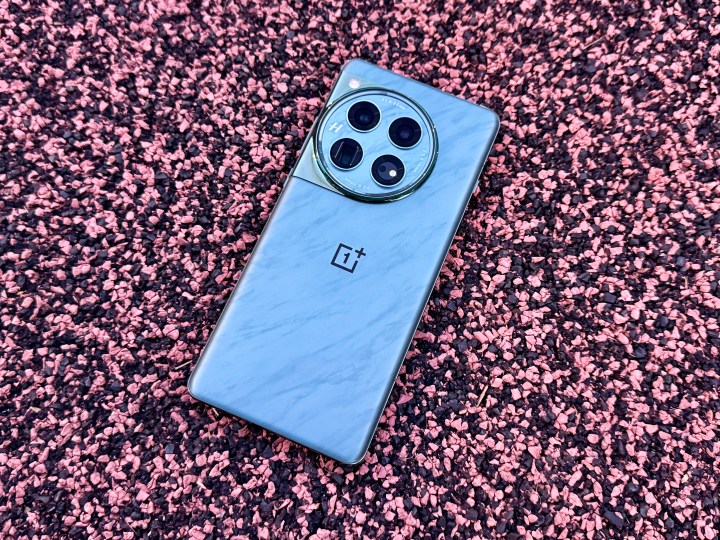
Another great Android option is the OnePlus 12. It’s a flagship phone that beats the iPhone 15 in pretty much every way for the same price.
With the OnePlus 12, you have an absolutely beautiful and large 6.8-inch LTPO AMOLED display that shows off gorgeous and vibrant colors, sharp text, and an insanely high resolution. It also has a dynamic refresh rate of up to 120Hz, and the brightness can reach an eye-searing 4,500 nits. The only thing to note is that the curved edges are more immersive. but are also prone to accidental actions on the touchscreen if you’re not careful.
The OnePlus 12 uses the Snapdragon 8 Gen 3 and has up to 16GB RAM, which is a lot for a smartphone. This means you get insane power and performance, which is great for multitasking, switching between many apps, and even mobile gaming if that’s your thing. The OxygenOS 14 software is also fairly intuitive and easy to use.
The OnePlus 12’s triple-lens camera system is also an absolute beast, with its 50MP main camera, 64MP periscope telephoto lens with 3x optical zoom, and impressive 48MP ultrawide camera. OnePlus also has a partnership with Hasselblad for fine-tuned color calibration, which results in better overall color profiles in images, as well as improved white balance and exposure. If you care at all about your smartphone photos, this phone delivers fantastic results.
Finally, the OnePlus 12 is a monster in terms of battery and charging. It has a giant 5,400mAh battery inside, which means this phone has enough endurance for around two full days courtesy of the Snapdragon 8 Gen 3’s power efficiency. And once it’s depleted, it doesn’t take long to charge thanks to up to 80W wired charging speeds in the U.S. (100W internationally). It even has 50W wireless charging and 10W reverse wireless.
If you’re open to Android, then the OnePlus 12 is one of the best iPhone 15 alternatives money can buy.



